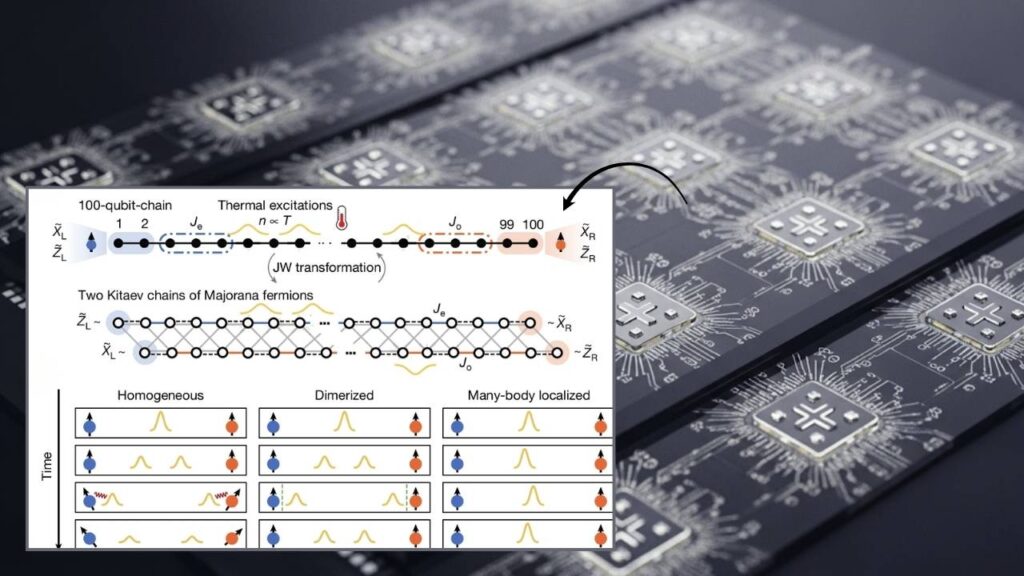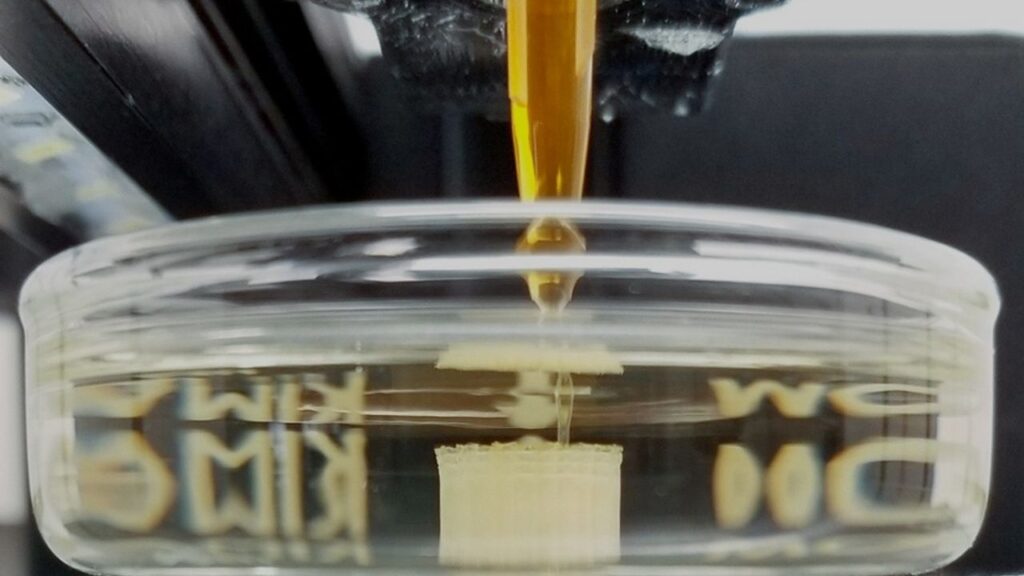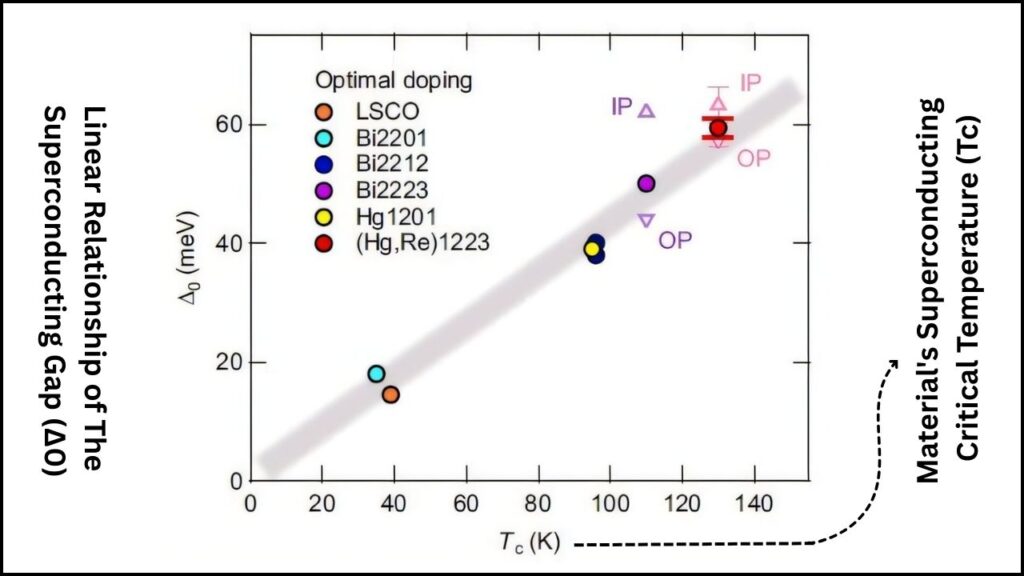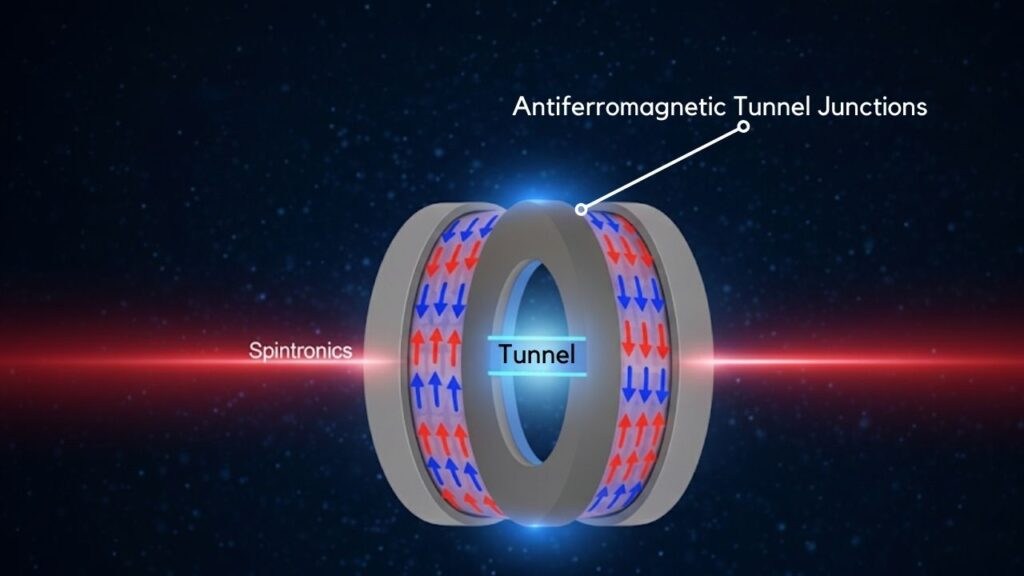Oxford’s 1-in-6.7 Million Qubit Leap: Quantum computing has long been considered the next frontier in technology—a realm where the rules of physics allow for calculations far beyond the reach of even the most powerful supercomputers. In 2025, the University of Oxford announced a world record in quantum accuracy: a quantum bit (qubit) that can perform 6.7 million operations before making a single error. This leap forward is not just a technical milestone—it has the potential to reshape the future of computing, research, and industry.
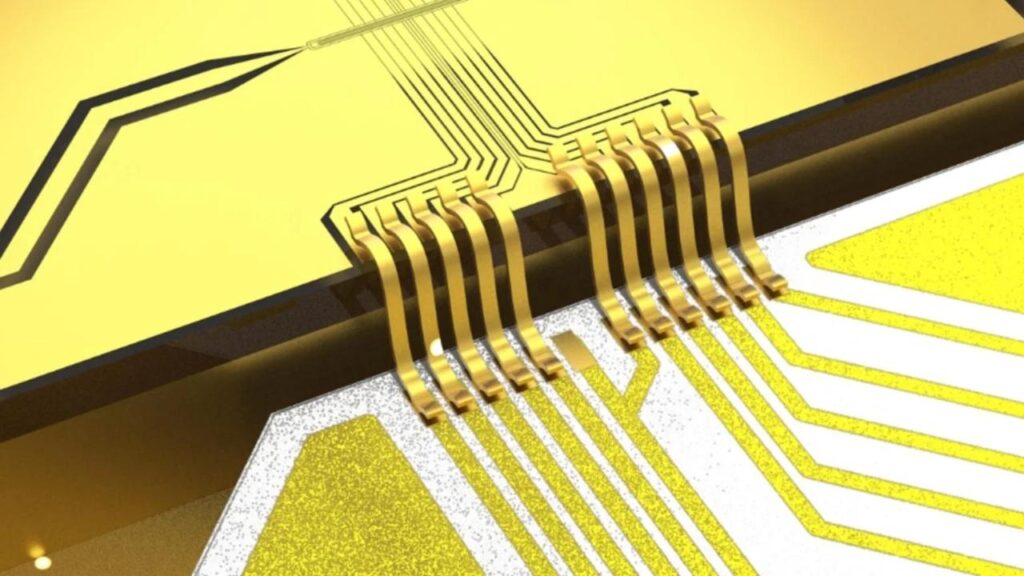
If you’re new to quantum computing, don’t worry. This article will break down what Oxford’s achievement means, why it matters, and how it could impact everything from scientific discovery to your daily life. We’ll also explore practical advice for students, professionals, and organizations eager to stay ahead in this rapidly evolving field.
Table of Contents
Oxford’s 1-in-6.7 Million Qubit Leap
| Feature/Fact | Details & Impact |
|---|---|
| Breakthrough | 1 error in 6.7 million quantum logic operations (0.000015% error rate) |
| Technology Used | Trapped calcium ion qubits controlled by microwaves, not lasers |
| Previous Record | 1 error in 1 million operations (set by Oxford in 2014) |
| Practical Benefits | Reduces need for error correction, enabling smaller, faster, and more affordable quantum computers |
| Broader Applications | Useful for quantum clocks, sensors, and future quantum networks |
| Industry Impact | Oxford Ionics, a spinout company, leads in high-performance trapped-ion platforms |
| Official Source | University of Oxford |
Oxford’s 1-in-6.7 million qubit leap is more than a scientific achievement—it’s a pivotal step toward making quantum computing practical, accessible, and transformative. By achieving world-leading accuracy with scalable, robust technology, Oxford’s researchers have paved the way for a new era in computation, research, and industry. Whether you’re a student, a professional, or simply curious about technology, this breakthrough signals that the quantum future is not just possible—it’s on the horizon.
Understanding Qubits: The Heart of Quantum Computing
In classical computers, information is stored in bits—tiny switches that are either off (0) or on (1). Quantum computers, on the other hand, use qubits. Thanks to the strange laws of quantum physics, a qubit can be 0, 1, or both at the same time—a phenomenon called superposition. This allows quantum computers to process information in ways that classical computers simply cannot.
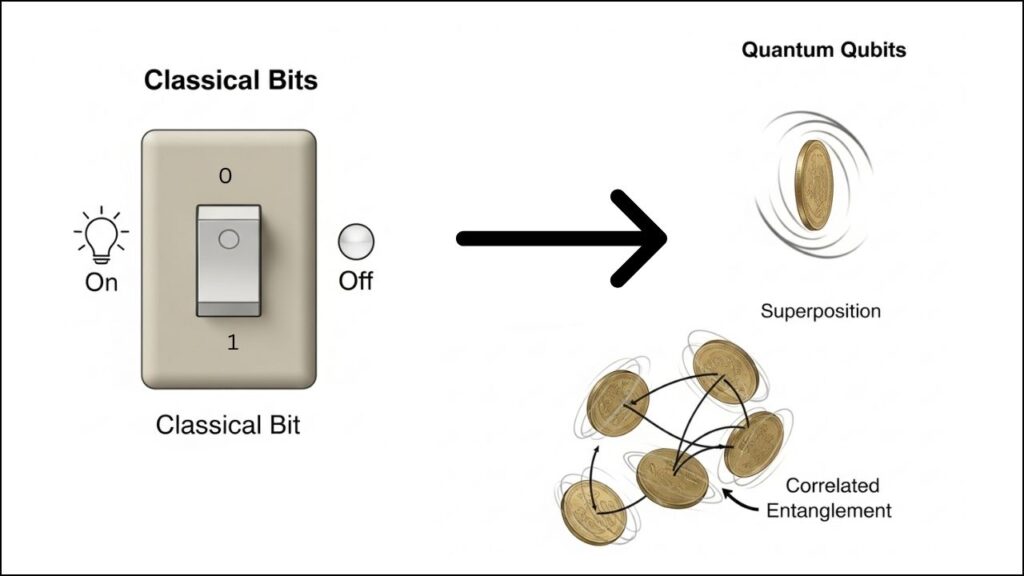
But there’s a catch: qubits are incredibly sensitive. Even the slightest disturbance from their environment can cause errors. This sensitivity has been one of the biggest obstacles to building reliable quantum computers.
Why Is Qubit Accuracy So Important?
Imagine you’re trying to solve a massive jigsaw puzzle. If your computer makes a mistake every few pieces, you’ll never finish. But if it only makes a mistake once every 6.7 million moves, you can trust it to solve even the toughest puzzles. That’s why Oxford’s achievement—a qubit error rate of just 0.000015%—is so significant.
How Did Oxford Achieve This Breakthrough?
The Science Behind the Record
Oxford’s researchers used trapped calcium ions as qubits. These ions are held in place by electromagnetic fields in a vacuum chamber. Traditionally, scientists have used lasers to control these ions, but lasers can be expensive, delicate, and difficult to scale.
The Oxford team took a different approach: they used microwave signals to control the qubits. Microwaves are more stable, less expensive, and easier to integrate into electronic chips. This innovation allowed the researchers to achieve unprecedented accuracy in their quantum logic operations.
What Makes This Approach Special?
- Room Temperature Operation: The system works at room temperature, avoiding the need for expensive and complex cooling systems.
- No Magnetic Shielding Required: The experiment was performed without magnetic shielding, demonstrating the robustness of the technology.
- Scalability: Microwave control can be more easily miniaturized and integrated into future quantum processors.
The Impact: Why This Leap Matters
Making Quantum Computers Practical
One of the biggest challenges in quantum computing is error correction. Because qubits are so fragile, most quantum computers need many extra qubits just to check and fix mistakes. This makes quantum computers much larger and more complex than they need to be.
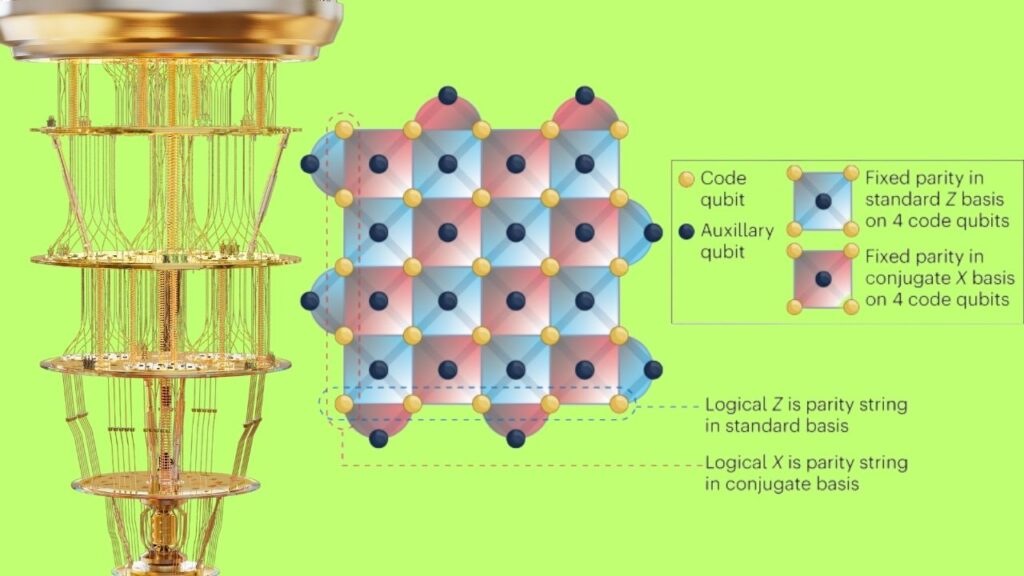
With Oxford’s ultra-low error rate, the need for error correction is dramatically reduced. This means:
- Smaller Machines: Fewer qubits are needed, so quantum computers can be more compact.
- Faster Processing: Less time is spent correcting errors, so calculations can be completed more quickly.
- Lower Costs: Simpler machines are cheaper to build and maintain.
Real-World Applications
This breakthrough isn’t just a scientific curiosity—it has the potential to transform industries and research fields:
- Drug Discovery: Quantum computers could simulate molecules and chemical reactions, speeding up the search for new medicines.
- Cryptography: Quantum algorithms could crack codes that are currently unbreakable, or create new, ultra-secure encryption methods.
- Materials Science: Researchers could design new materials with properties tailored for specific uses, from batteries to superconductors.
- Optimization: Quantum computers could solve complex logistical problems, such as optimizing supply chains or traffic flows.
Beyond Computing: Other Quantum Technologies
The techniques developed by Oxford’s team could also benefit other quantum technologies, such as:
- Quantum Clocks: More accurate timekeeping for navigation and communication.
- Quantum Sensors: Ultra-sensitive detectors for medical imaging, geology, and environmental monitoring.
- Quantum Networks: Secure, high-speed communication channels based on the principles of quantum mechanics.
Oxford’s Journey: From Record-Setter to Industry Leader
Oxford has a long history of leadership in quantum research. In 2014, the university set a previous world record for qubit accuracy—one error in a million operations. Since then, Oxford has continued to push the boundaries of what’s possible.
In 2019, the university spun out Oxford Ionics, a company dedicated to commercializing trapped-ion quantum technology. Today, Oxford Ionics is at the forefront of building practical quantum computers for industry and research.
In 2025, Oxford’s team not only set a new accuracy record but also demonstrated the first distributed quantum algorithm—connecting two quantum processors into a single, fully linked quantum computer. This modular approach could be the key to scaling quantum computers to hundreds or thousands of qubits.
How Does Oxford’s Achievement Compare to Other Quantum Efforts?
Quantum computing is a global race, with major players including universities, startups, and tech giants. While companies like IBM, Google, and IonQ have made headlines with their own advances, Oxford’s focus on accuracy and scalability sets it apart.
- IBM and Google have demonstrated quantum computers with dozens of qubits, but their error rates are still higher than Oxford’s record.
- Trapped-ion technology is widely regarded as one of the most promising approaches for building reliable, scalable quantum computers. Oxford’s work strengthens this position.
Practical Advice: How to Prepare for the Quantum Future
For Students and Beginners
- Start with the basics: Learn about quantum mechanics and computing through online courses, books, and videos.
- Experiment with quantum programming: Platforms like Qiskit and Cirq allow you to write and run quantum programs on simulators or real quantum devices.
- Stay curious: Follow news from leading universities and companies to keep up with the latest breakthroughs.
For Professionals and Organizations
- Assess your industry’s quantum readiness: Fields like finance, pharmaceuticals, and logistics are likely to be early adopters of quantum technology.
- Invest in training: Encourage your team to learn about quantum algorithms, error correction, and quantum-safe cryptography.
- Explore partnerships: Collaborate with universities, startups, or consortia working on quantum solutions relevant to your business.
For Researchers
- Focus on error correction and scalability: These remain the biggest challenges in the field.
- Collaborate across disciplines: Quantum computing draws on physics, engineering, computer science, and mathematics.
- Share knowledge: Open-source software and publications accelerate progress for everyone.
Microsoft Declares the Dawn of Logical Qubits—Shifting Quantum from Theory to Practicality
Berkeley Lab Introduces Laser‑Patterned Color‑Center Qubits in Silicon
FAQs About Oxford’s 1-in-6.7 Million Qubit Leap
Q1: What is a qubit?
A qubit is the basic unit of information in a quantum computer. Unlike a classical bit, which can be 0 or 1, a qubit can be both at the same time, thanks to quantum superposition.
Q2: Why is Oxford’s error rate important?
A lower error rate means quantum computers can perform more complex calculations with fewer mistakes, making them more practical and reliable.
Q3: How does microwave control differ from lasers?
Microwaves are more stable, less expensive, and easier to integrate into electronic chips than lasers, making them better suited for large-scale quantum computers.
Q4: Will quantum computers replace classical computers?
Quantum computers are not expected to replace classical computers for most everyday tasks. Instead, they will be used for specialized problems that are too difficult for classical machines.
Q5: How soon will we see practical quantum computers?
With breakthroughs like Oxford’s, practical quantum computers are getting closer. However, widespread use is still several years away as researchers continue to address challenges like scalability and error correction.
Q6: What industries will benefit most from quantum computing?
Industries such as pharmaceuticals, finance, logistics, energy, and materials science are expected to see the earliest and most significant benefits from quantum computing.
Q7: What skills are important for a career in quantum computing?
A strong background in physics, mathematics, computer science, or engineering is helpful. Familiarity with quantum programming languages and algorithms is increasingly valuable.
